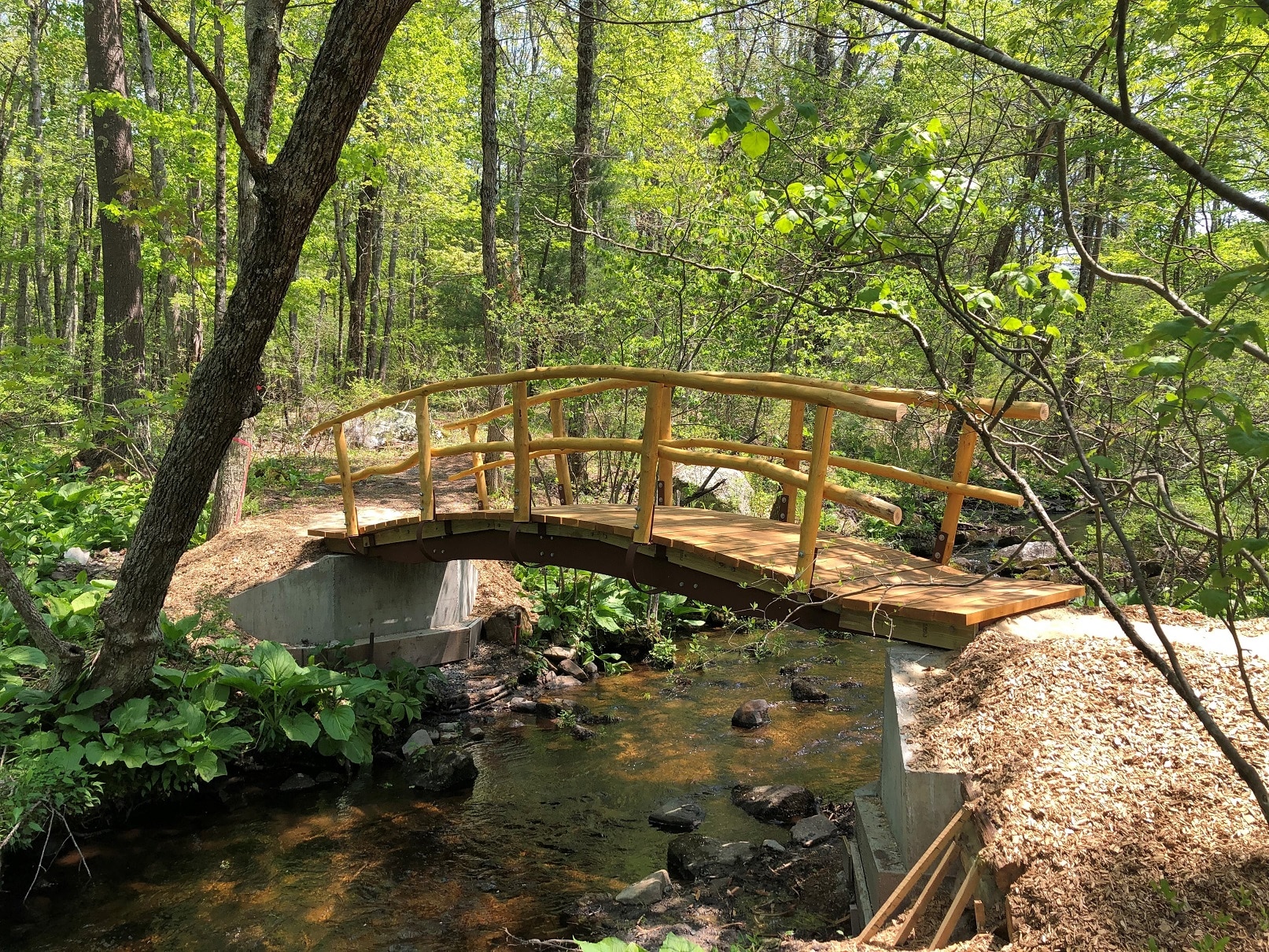If you live near or have traveled to the Sanctuary recently, you may have noticed that there are a lot of trees that never leafed out this year. Some are along the road and they stand out compared to their very green neighbors. The real shock is when you pass a hillside vista and notice this is not a phenomenon limited to the roadsides. Although it’s localized, it’s prevalent throughout our woods.
Looking more carefully, you will notice that most of these trees have something in common. They are all oaks. Why so many dead oaks?
The answer is twofold, a perfect combination over the past two years of an extensive drought and an invasive pest, the Gypsy Moth. According to a paper I read recently (by Bell & Whitmore) after two years of defoliation a forest will lose up to 80% of the oaks. Adding insult to injury: The dry conditions. The oak trees just didn’t have a chance.
So, now what? For a homeowner like myself, I now have plenty of firewood. Trees left standing will slowly recycle themselves back into the ecosystem, providing shelter and structure in the meantime. As insects and fungi break down the wood, wildlife will seek and find food. More light is reaching the forest floor and the snags will be surrounded by lush layers of shrubs and small trees. Some of the new trees will be oaks.
Nature is resilient and even though the Gypsy Moth is an introduced pest, the trees will come back although the species may change. While we might not like change and disturbance, nature accepts the challenge head on and thrives.



